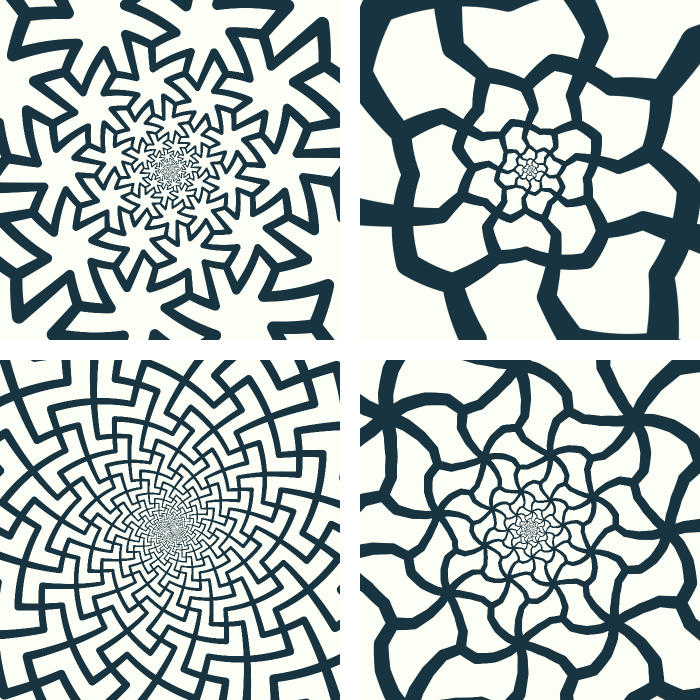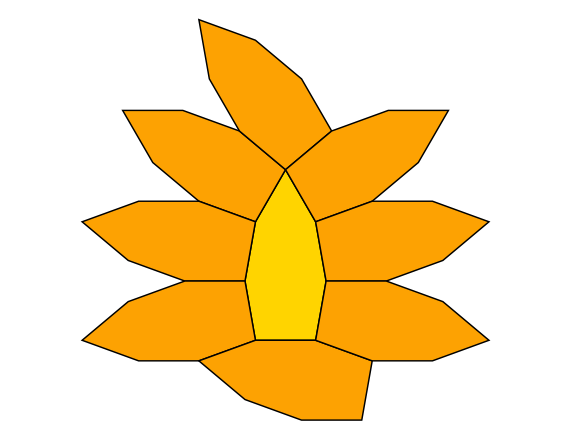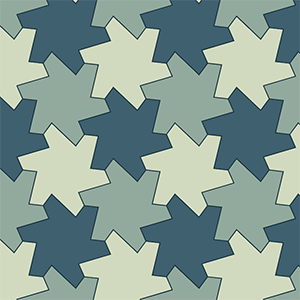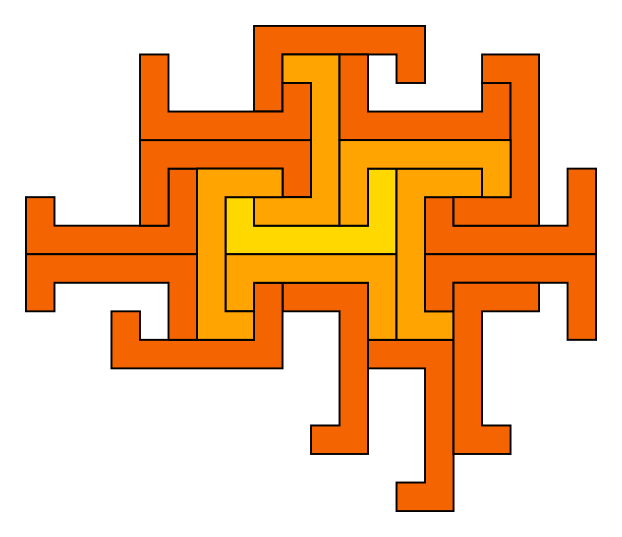Tag: math
-

The artist M.C. Escher drew many lovely tilings, which he called “regular divisions of the plane”. He worked hard to ensure that his tilings were of lifelike animal forms such as birds and fish. He filled notebooks with hand-drawn sketches of tilings, many of which later found their way into his woodcuts. If you’d like…
-

This post is the fourth and final one in a series about Heesch numbers. Part 1 was a general introduction, and would be a good starting point if you’re unfamiliar with the topic. Part 2 covered exhaustive computations of Heesch numbers of polyominoes and polyiamonds, and likely isn’t needed to understand this final chapter. Part…
-

This is the third post in a planned series of four about Heesch numbers. In the first post, I introduced some of the basic ideas behind Heesch numbers; if you’re not familiar with the topic, you may want to read it before coming back here. The second post was about Heesch numbers of simple polyforms…
-

I love tiling theory. It’s a branch of mathematics that brings together many beautiful ideas, and that offers a lot of open questions for exploration. And of course, it gives us tools to apply mathematics in the world of art and design. Normally, in my research as a computer scientist I apply tiling theory to create…
-

This term, I’m once again teaching CS 106, a second-level introductory programming course with a focus on art and data visualization. The course is taught using Processing, which provides a fun and accessible (though flawed) environment for art-focused novice programmers. The most recent lecture includes a discussion on drawing graphs, and I thought it would be…
-

In 1989 I attended Shad Valley, a one-month Canadian summer program for high school students. I spent a month living on the UBC campus. Basically it was Nerd Camp, though perhaps with a more diverse range of interests and talents than you might expect from the nerd stereotype, and with a definite entrepreneurial bent. It…
-

The photo above is a paper model of a polyhedron that I just assembled. The model consists of four dodecagons (12-sided regular polygons) and 12 decagons (10-sided regular polygons). The holes are 28 equilateral triangles that in theory could be filled with more paper. This polyhedron has a few symmetries, and it’s customary in such…




